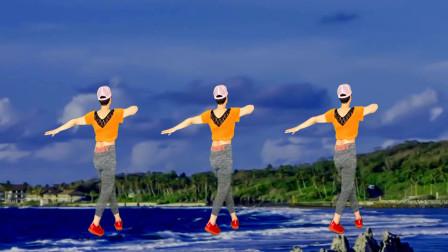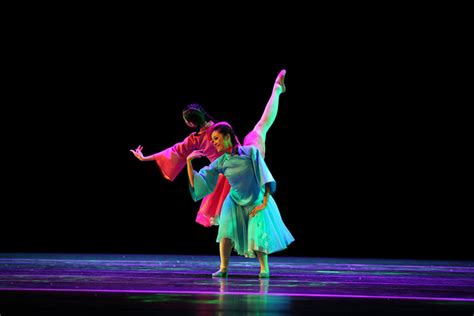Dance is a universal language that transcends cultural boundaries and connects people from all walks of life. Whether you are a dancer, a dance enthusiast, or simply curious about the world of dance, learning the vocabulary and terminology in English can help you better understand and appreciate this art form. In this guide, we will explore some common dance terms and phrases in English.
1. Types of Dance
There are many different styles of dance, each with its own unique movements and techniques. Here are some popular types of dance:
- Ballet: A classical dance form characterized by grace, precision, and fluid movements.
- Contemporary: A modern dance style that combines elements of ballet, jazz, and lyrical dance.
- Hip-hop: A high-energy dance style that originated in urban communities and is often performed to hip-hop music.
- Ballroom: A partner dance style that includes dances like waltz, foxtrot, tango, and cha-cha.
- Tap: A dance style that involves creating rhythms and sounds with the feet using special shoes with metal taps.
2. Dance Techniques
Mastering dance techniques is essential for dancers to perform with skill and precision. Here are some key techniques used in various styles of dance:
- Turnout: Rotating the legs outward from the hips, commonly used in ballet.
- Plie: A bending of the knees while keeping the back straight, also common in ballet.
- Isolation: Moving one part of the body while keeping the rest still, often seen in hip-hop and contemporary dance.
- Extension: Stretching the legs and arms to create long lines and shapes in dance movements.
- Syncopation: Emphasizing off-beat rhythms in music through dance movements, commonly used in tap dance.
3. Dance Terminology
Understanding dance terminology can help dancers communicate effectively with instructors and fellow dancers. Here are some common dance terms you may encounter:
- Choreography: The art of creating and arranging dance movements into a cohesive piece.
- Rehearsal: Practice sessions where dancers learn and perfect choreography.
- Spotting: A technique used in turns to focus on a fixed point to prevent dizziness.
- Grand jete: A large leap in ballet where one leg extends forward and the other extends backward.
- Port de bras: Movement of the arms in ballet to create graceful and expressive lines.
4. Dance Etiquette
When participating in dance classes or performances, it is important to observe proper dance etiquette to create a positive and respectful environment. Here are some etiquette tips for dancers:

- Arrive on time: Punctuality shows respect for the instructor and fellow dancers.
- Listen attentively: Pay attention to instructions and corrections given by the instructor.
- Support your peers: Encourage and applaud your fellow dancers during rehearsals and performances.
- Stay focused: Minimize distractions and give your full attention to the dance class or rehearsal.
- Thank your instructor: Show appreciation for the guidance and feedback provided by your dance teacher.
By familiarizing yourself with the language and culture of dance in English, you can enhance your dance experience and connect with dancers from around the world. Whether you are a beginner or an experienced dancer, embracing the diversity of dance styles and techniques can enrich your passion for this art form.










